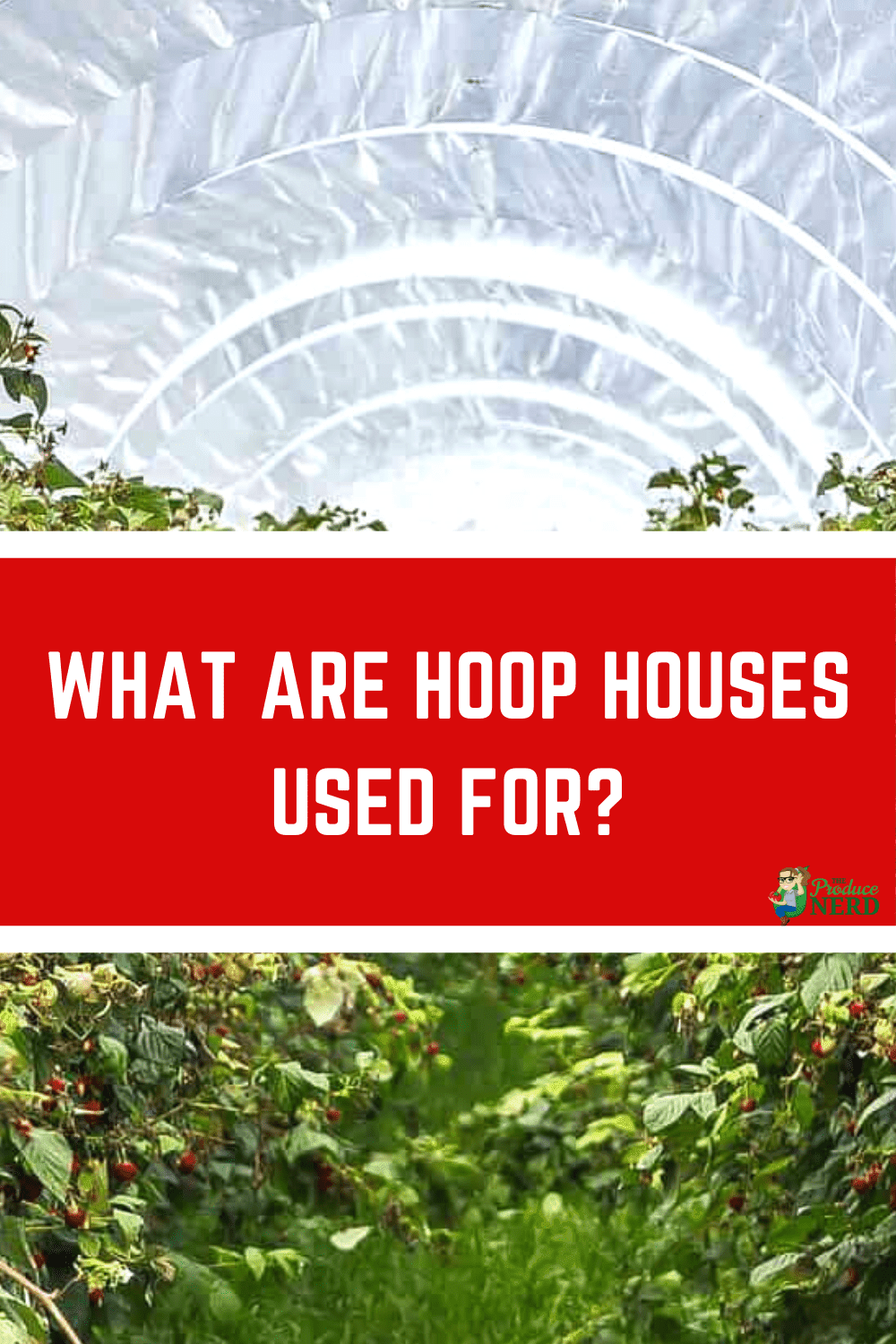I spent this past weekend in the Oxnard/Ventura area and all I saw were hoop houses. Hoop houses are also familiar sites throughout the Santa Maria and Watsonville, California areas, due to the high level of berry production there. Seeing all these hoop houses got me thinking about the purpose of hoop houses.
What is a Hoop House?
Hoop houses are also referred to as high tunnels. They are a form of greenhouses that are built up in the field, around the growing area. In California, they commonly appear as cylindrical hoops positioned around the growing area with plastic covering the top half. The side and end walls remain open to the environment to help regulate the temperature in the growing area. This method of a hoop house is referred to as the multi-bay model, where the hoops are connected to each other.
Why Use Hoop Houses?
Hoop houses take a lot of work and materials to construct, but are not permanent fixtures. For this reason, the benefits need to outweigh the costs. Some of the potential benefits of using hoop houses for the growers are:
- Environmental Barrier – Hoop houses protect against the wind and rain, and keep the soil warm. The multi-bay model of hoop houses do not do as good of a job protecting against the wind, so when high wind conditions occur, the plastic should be opened and gathered to better protect the structures.
- Decrease in Decay – With less moisture than in an exposed growing area, there is less incidence of disease and decay.
- Extended Growing Season – Growers are able to increase their growing season, by starting earlier and ending later in the season. This also results in a higher yield.
What Crops are Grown Using Hoop Houses?
Hoop houses are most commonly used to grow berries, as well as other vegetables and herbs. Raspberry and blackberry production are among the most popular. Raspberries and blackberries are both temperature-sensitive crops that have short shelf-lives. By growing them in hoop houses, and therefore decreasing the incidence of water on the crop and decay occurrence, the shelf-life of the crop under the correct temperature conditions increases.
If you enjoyed this post, you might also like:
- How Strawberries are Harvested
- Greenhouse Growing at Houweling’s
- Budding: How New Plants are Created at the Nursery Level
Resources
Heidenreich, C., Pritts, M., Demchak, K., Hanson, E., Weber, C. and Kelly, M.J. “High Tunnel Raspberries and Blackberries.” Cornell: Department of Horticulture Publication No.47 (2012 rev). Web. 19 Feb 2018.
Upson, S. “High Tunnel Hoop House Construction Guide.” The Samuel Roberts Noble Foundation: An Agricultural Division Publication NF-HO-14-01. 2014. Web. 19 Feb 2018.

